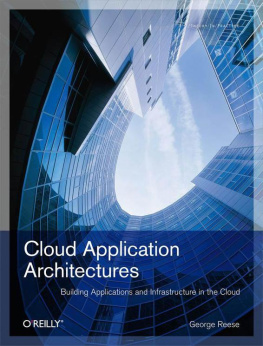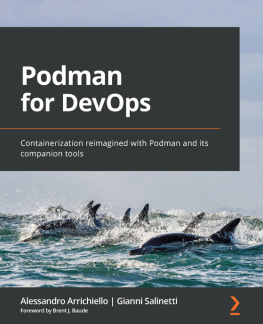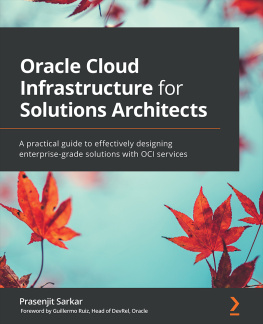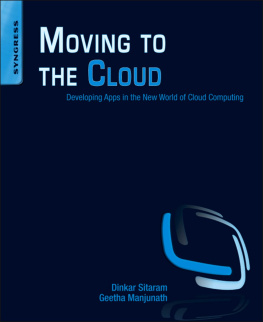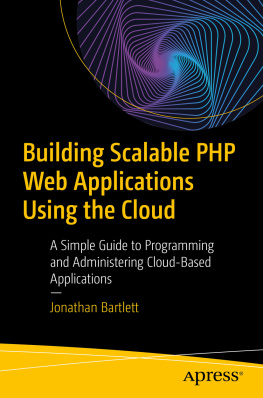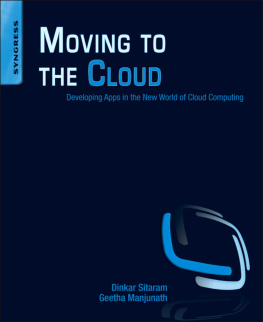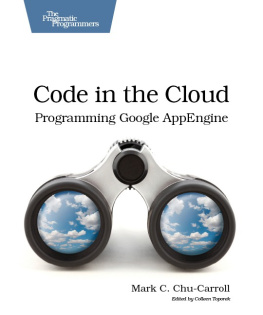George Reese - Cloud Application Architectures: Building Applications and Infrastructure in the Cloud
Here you can read online George Reese - Cloud Application Architectures: Building Applications and Infrastructure in the Cloud full text of the book (entire story) in english for free. Download pdf and epub, get meaning, cover and reviews about this ebook. year: 2009, publisher: OReilly Media, genre: Computer / Science. Description of the work, (preface) as well as reviews are available. Best literature library LitArk.com created for fans of good reading and offers a wide selection of genres:
Romance novel
Science fiction
Adventure
Detective
Science
History
Home and family
Prose
Art
Politics
Computer
Non-fiction
Religion
Business
Children
Humor
Choose a favorite category and find really read worthwhile books. Enjoy immersion in the world of imagination, feel the emotions of the characters or learn something new for yourself, make an fascinating discovery.
- Book:Cloud Application Architectures: Building Applications and Infrastructure in the Cloud
- Author:
- Publisher:OReilly Media
- Genre:
- Year:2009
- Rating:4 / 5
- Favourites:Add to favourites
- Your mark:
Cloud Application Architectures: Building Applications and Infrastructure in the Cloud: summary, description and annotation
We offer to read an annotation, description, summary or preface (depends on what the author of the book "Cloud Application Architectures: Building Applications and Infrastructure in the Cloud" wrote himself). If you haven't found the necessary information about the book — write in the comments, we will try to find it.
If youre involved in planning IT infrastructure as a network or system architect, system administrator, or developer, this book will help you adapt your skills to work with these highly scalable, highly redundant infrastructure services.
While analysts hotly debate the advantages and risks of cloud computing, IT staff and programmers are left to determine whether and how to put their applications into these virtualized services. Cloud Application Architectures provides answers -- and critical guidance -- on issues of cost, availability, performance, scaling, privacy, and security.
With Cloud Application Architectures, you will:
- Understand the differences between traditional deployment and cloud computing
- Determine whether moving existing applications to the cloud makes technical and business sense
- Analyze and compare the long-term costs of cloud services, traditional hosting, and owning dedicated servers
- Learn how to build a transactional web application for the cloud or migrate one to it
- Understand how the cloud helps you better prepare for disaster recovery
- Change your perspective on application scaling
To provide realistic examples of the books principles in action, the author delves into some of the choices and operations available on Amazon Web Services, and includes high-level summaries of several of the other services available on the market today.
Cloud Application Architectures provides best practices that apply to every available cloud service. Learn how to make the transition to the cloud and prepare your web applications to succeed.
George Reese: author's other books
Who wrote Cloud Application Architectures: Building Applications and Infrastructure in the Cloud? Find out the surname, the name of the author of the book and a list of all author's works by series.

